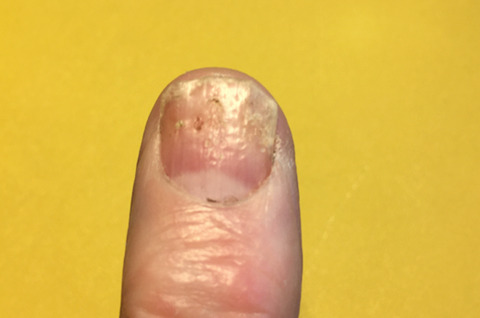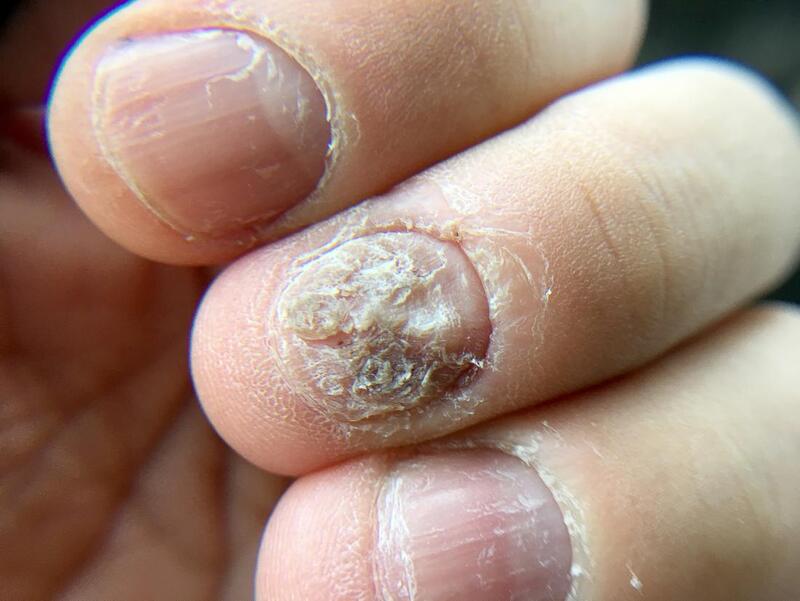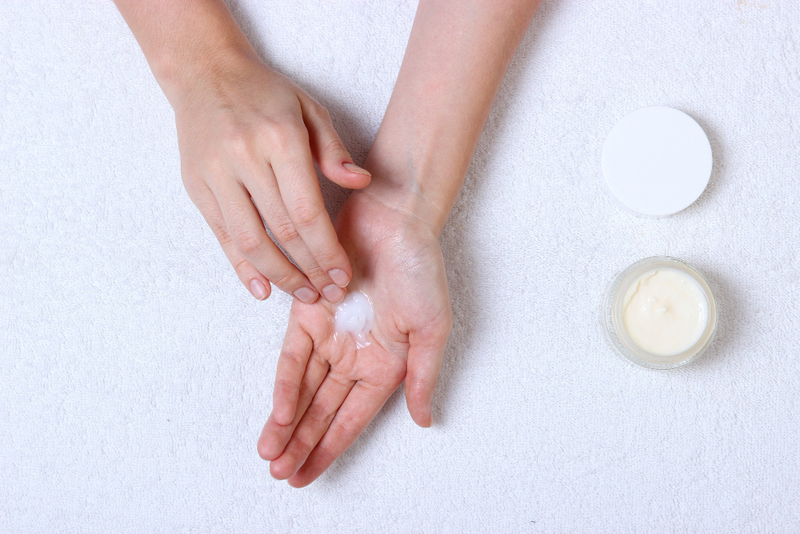Are you wondering whether you have nail fungus or psoriasis in Canada? Though they differ from one another and call for different kinds of treatment, the two have many parallels, and you can actually have both disorders at the same time. Learn the differences between treatments and diagnosis approaches for nail psoriasis vs fungus.
What is Nail Psoriasis?
Nail psoriasis is a skin condition that affects the nails’ color, texture, and overall appearance. Individuals suffering from psoriasis often have it; however, it can happen on its own as well.
What are Common Causes of Nail Psoriasis?
Commonly inherited, nail psoriasis is mainly an auto-immune disorder in which the body mistakenly attacks its own tissues, including nails, which results in typical symptoms.

Symptoms of Nail Psoriasis
Nail psoriasis presents with certain symptoms, which can be helpful in finding the condition out. Discovering these signs at the very beginning is a crucial point in having successful treatment.
- Nail pitting: Tiny dents or pits appear on the surface of the nails. This is a typical sign of nail psoriasis.
- Discoloration: Nails may change color, turning yellow-brown. There may be white or red spots under the nails from time to time.
- Crumbling nails: The nails are brittle and dry, and the fading and splitting of the cuticles begin to appear. This is the manifestation of illness in some people and might be quite painful.
What is Nail Fungus?
Nail fungus is a prevalent infection that causes brittleness and discoloration of the nails. Recovering from nail fungus can be challenging and difficult. Nail fungus usually starts on the nail tip as a tiny white and yellow patch that may eventually spread.
Causes of Nail Fungus
Nail fungus, caused by fungal infections, dermatitis, yeast, and mold, is primarily caused by humid conditions and prolonged exposure to sweaty socks or shoes, affecting both fingernails and toenails.

Symptoms of nail fungus
Nail fungus symptoms are very noticeable and can affect everyday life. Early detection of these symptoms can lead to early treatment:
- Hard nails: The most typical symptom is hard nails. This makes nails hard to cut and manage. The nail shape can also be altered.
- Yellow or white spots: Yellow or white spots may be found on the nail. These patches can eventually grow to a large part of the nail and spread. They are frequently the first outside sign of an infection.
- Odor: The foul odor is the reason behind the infection of nails. This odor is mainly associated with dirt and fungal accumulation under the nails.
Nail Psoriasis vs Fungus: Key Differences
Visual Differences
When analyzing the nail, one might notice that psoriasis sometimes appears with small dimples or pits on the surface, yellow-brown patches, or the appearance of red or white spots under the fingers. However, most of the time, the fungal infections cause the nails to be thick, brittle, and discolored, mostly yellow, green, or black.
Diagnostic Methods
Dermatologist consultations are very important for establishing if the problem is a nail psoriasis or a fungal infection. During the examination, the dermatologist will look closely at the nails and ask about symptoms and family history. Laboratory tests can also be helpful; these might include taking nail clippings or scrapings to be examined under a microscope or cultured to identify the presence of fungi.
Nail Psoriasis vs Fungus Treatment Options
Using antifungals, topically or orally, you are treating an infection for nail fungus. Psoriasis is inflammatory; thus, you are trying to quiet that inflammation by suppressing the immune reaction. In those situations, you are using medications including steroids.
If you experience nail psoriasis or nail fungus symptoms in Canada, consult your healthcare provider for a diagnosis and prescriptions for ointments or drugs. Treatments can last from months to a year, allowing the body time to regrow healthy nails or clear the infection. Trimming the diseased or infected nail helps it grow over time. Wearing loose-fitting shoes can help alleviate pain.

Sometimes you can have steroid injections to hasten the process; but, given in a sensitive area like your feet, these usually cause pain. Alternatively, you could be able to look for cosmetic options including laser or surgical removal.
With skin psoriasis, most people will get better in six weeks or less; with purely nail psoriasis, improvements may not show up for several months. A toenail takes twelve to eighteen months to grow back. You will be waiting one year, year-and- a-half if you totally remove the toenails.
Nail Care Tips for Both Conditions
Taking good care of your nails is essential, whether you’re dealing with nail psoriasis or a fungal infection. Here are some handy nail care tips to help you manage both conditions effectively.
First, keep your nails clean and dry; this is a must to fend off infections. Regular trimming and filing can prevent them from becoming too long or jagged. This simple step reduces the risk of further complications.
Next, avoid sharing your nail tools with others; it minimizes the spread of infections. Also, opt for breathable footwear to keep your feet dry and discourage fungus from developing.
Consulting a Dermatologist
A dermatologist can diagnose and treat various nail conditions effectively, especially if symptoms persist or if home treatments don’t improve. Severe nail damage, cracked, split, or thick nails may indicate deeper issues. During a visit, the dermatologist will closely examine your nails, ask about your symptoms and medical history, and look for signs of infection or other nail disorders. They may even provide a nail diseases chart to help identify your condition.
Final Thoughts
Dealing with nail issues can be frustrating, but help is available in Canada. Seeing a dermatologist can make a big difference in managing conditions like nail psoriasis or fungal infections. Don’t wait too long to seek professional advice; early treatment can prevent further complications and help you maintain healthy nails.
FAQs
1. How can I tell if I have nail psoriasis or nail fungus?
Nail psoriasis often presents with pitting, discoloration, and crumbling nails. Nail fungus usually causes nails to become thick, brittle, and discolored, often yellow or black. Seeing a dermatologist is the best way to get an accurate diagnosis.
2. Can nail psoriasis and nail fungus occur at the same time?
Yes, it’s possible to have both conditions simultaneously. Each requires different treatments, so professional diagnosis and advice are crucial.
3. What treatments are available for nail psoriasis?
Treatments for nail psoriasis may include topical or oral medications to reduce inflammation. In some cases, steroid injections or light therapy might be recommended.
4. How long does it take to see improvement with nail psoriasis treatment?
Improvement in nail psoriasis can take several months. While skin psoriasis may clear up faster, nail psoriasis requires more time for visible results due to the slow growth rate of nails.
